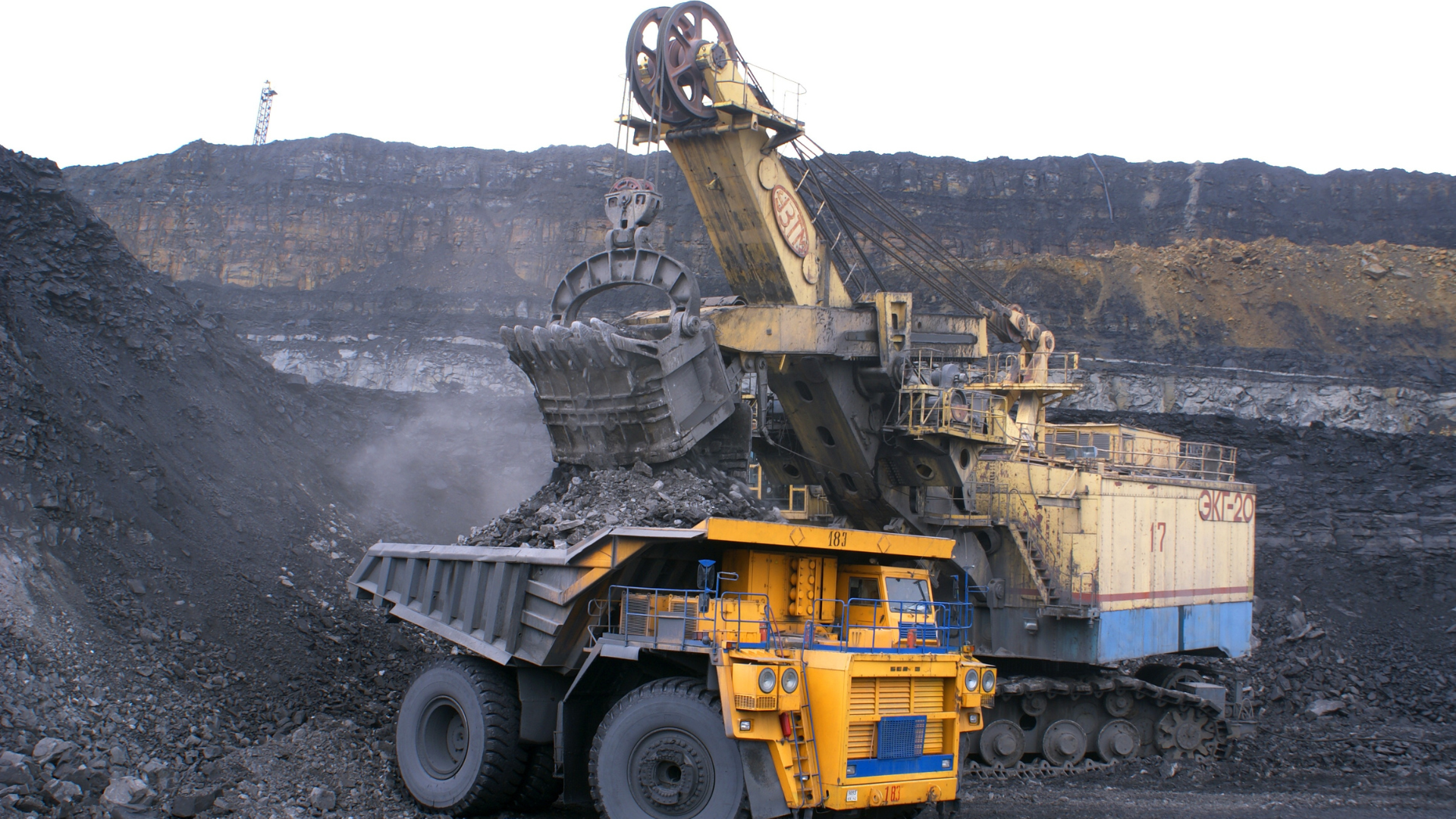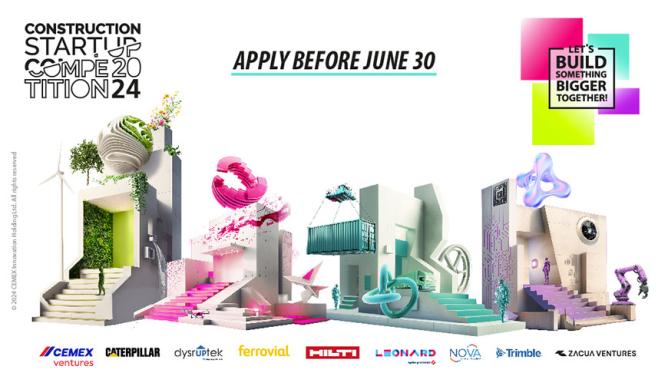What is a resource? “The term refers to the development of natural or material capital, exploited by a given society at a given time with the aim of creating wealth.” This academic definition from Géoconfluences states that any resource is created (and not discovered) to meet a need. At a time when there is huge pressure on natural resources, this definition encourages us to broaden our horizons and consider traditionally overlooked sources as resources. When it comes to urban development, “urban mining” represents one of the most promising avenues to explore. The concept is basically the recovery of urban waste, in particularly the critical metals contained in electronic waste, or WEEE (waste electrical and electrical equipment). It holds significant environmental and economic promise but remains hampered by the inertia of “business as usual.”
Meeting demand: a practical challenge
According to the OECD, the global demand for materials is projected to increase from 89 billion tons in 2019 to 167 billion in 2060. The figures concerning critical metals are even more staggering. The IEA’s most conservative estimates predict a tripling of demand, while the highest predict a sevenfold increase. Whereas demand for some materials, such as lithium, could increase by as much as 40 times. Faced with this explosion in demand, the production potential of urban mining is far from trivial.
In a country like France, the amount of metal waste reserves in circulation would represent between four and twelve years of consumption if it were truly exploited. Globally, battery recycling could meet between 20-30% of lithium, cobalt, and nickel demand. Meanwhile for copper, for which conventional copper extraction projects only cover 70% of the demand expected by 2035, shortages could also be avoided by optimizing recycling.
From environmental necessity to security of supply
Apart from the need to meet demand, the “refuse rush” carries the promise of limiting the environmental impact of mining. According, again, to the IEA, urban mining could bring down traditional mining supply by 25-40%. This avenue is all the more interesting given that recycling processes are less energy-intensive than the process of extracting primary materials. In the case of aluminum production, secondary production requires up to 10-15 times less energy! Environmentally virtuous, urban mining also promotes mineral resource supply independence.
“There are a whole range of positive consequences, such as a reduction in CO2 emissions, the creation of short supply chains, and regional development,” explains Louis-François Durret, Executive Director of the master’s program in Energy Project Management at the École nationale des ponts et chaussées.

Image Credit : stafichukanatoly, Pixabay
A question of (un)design
The development of such secondary mines is still coming up against various hurdles, such as the low recyclability of objects in general, the often experimental nature of extraction methods and the lack of structure within the sector. The subject is gaining ground among designers, and the “end-of-life” issue is piquing the interest of architects, car manufacturers and battery makers alike. A startup like Mecaware specializes in the production of strategic metals from battery recycling. The Elemental group has also made this issue a central part of its strategy. Others, such as Rubicon, are developing the software infrastructure needed to industrialise WEEE recycling.
Among architects, interest in the subject is reflected in MINERAL, the Architects of Urban Mining competition, launched in Barcelona, which aims to uncover the most innovative solutions for material reuse. Meanwhile, the research world is making rapid progress and innovation in material extraction processes is flourishing. Researchers at ETH recently developed a new method inspired by nature to recover the europium contained in fluorescent lamps. In the Netherlands, researchers at Delft University of Technology are using machine learning to optimize the recyclability of polymers. And as for the ZEBRA (Zero wastE Blade ReseArch) project, it is trying to resolve the tricky problem of recycling wind turbine blades.
A sector in need of structuring
There is more to it than just technology, as the future of urban mining is being determined by cultural and political factors. Take the concept of electronic device hibernation, which refers to our collective tendency to hold onto hardware that has reached its end of life. It is estimated that the equivalent of $10 million in gold is currently “hibernating” in smartphones in Switzerland alone, while 40% of the population would be willing to sell their old phone for less than $5. On the other hand, some brands are doing their part and trying to boost the sector. This is the case of the jewelry brand Courbet, which has set a goal of sourcing 100% of its gold from urban mines by the end of the year! Finally, political incentives remain a major lever for promoting urban mining.
A report published by Olivier Wyman in 2024 recommended implementing incentive regulations, such as a minimum rate for incorporating recycled metals. The IEA also published a comprehensive nine-point guide for policy makers to build “a global circular economy for critical metals.”
“If we look at these issues with a little perspective and apply a systemic approach to the problem, it’s said that we can find solutions without falling into techno-solutionism. We can find ways of doing things that reduce pressure on resources, or even partially free ourselves from them,” concludes Louis-François Durret.


